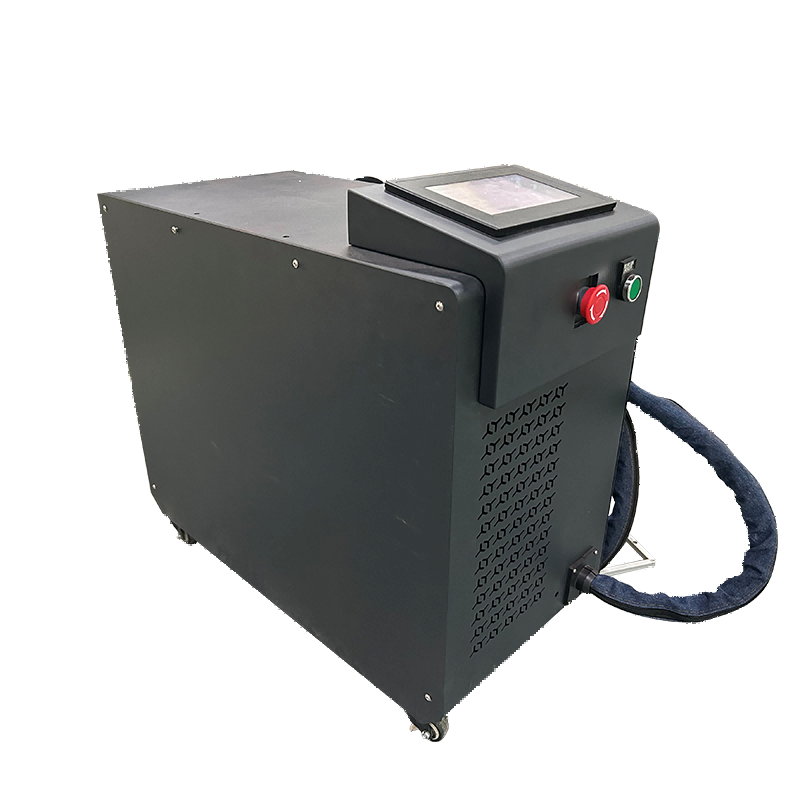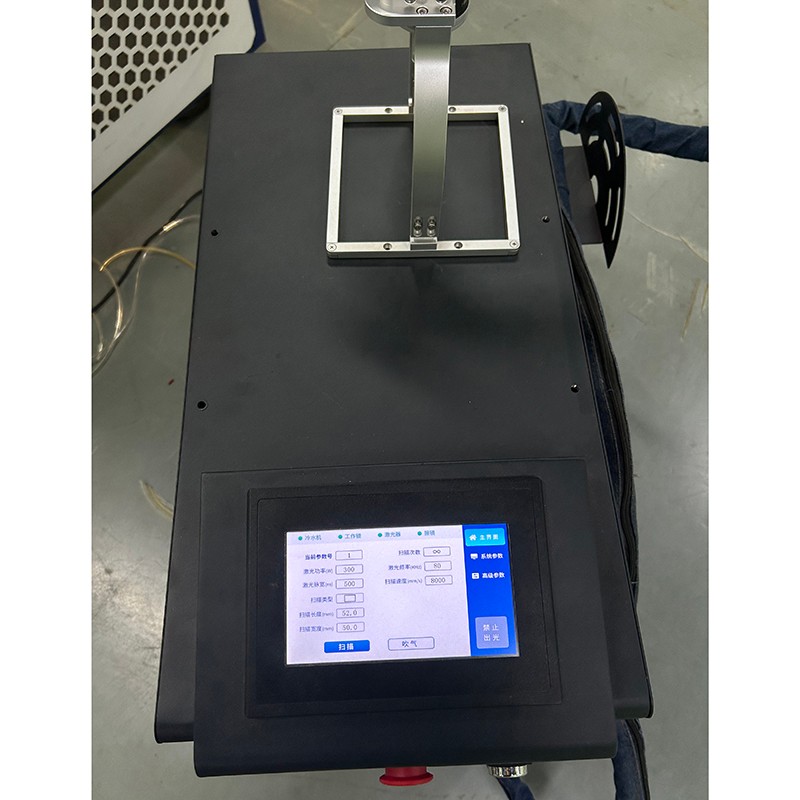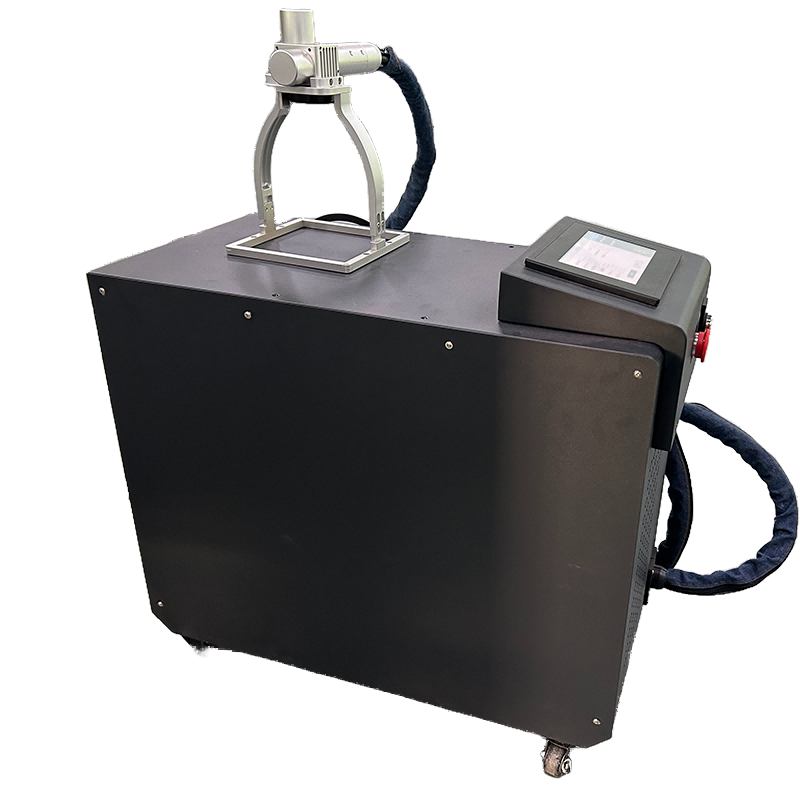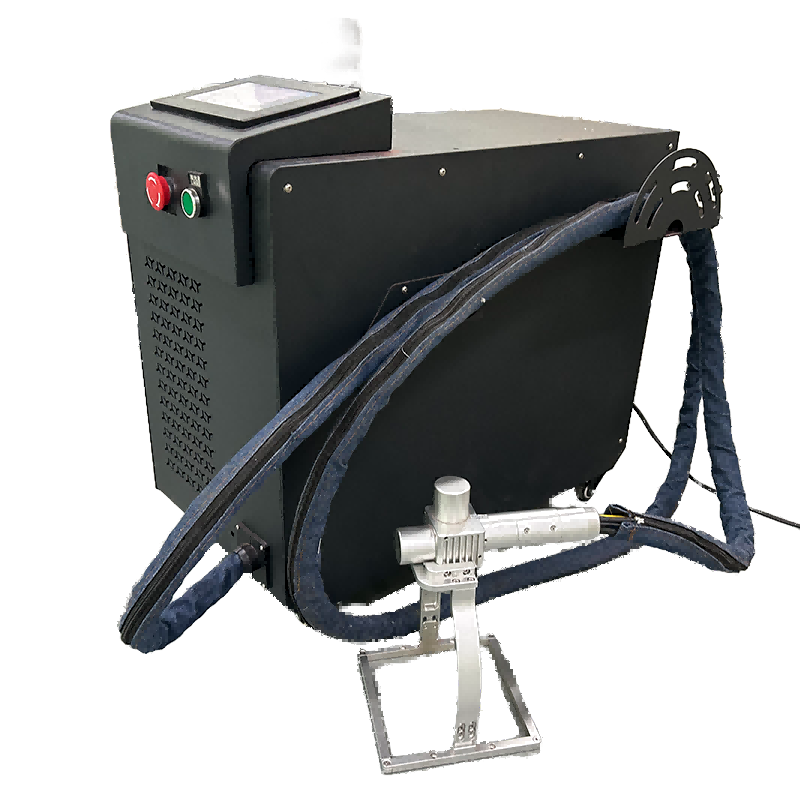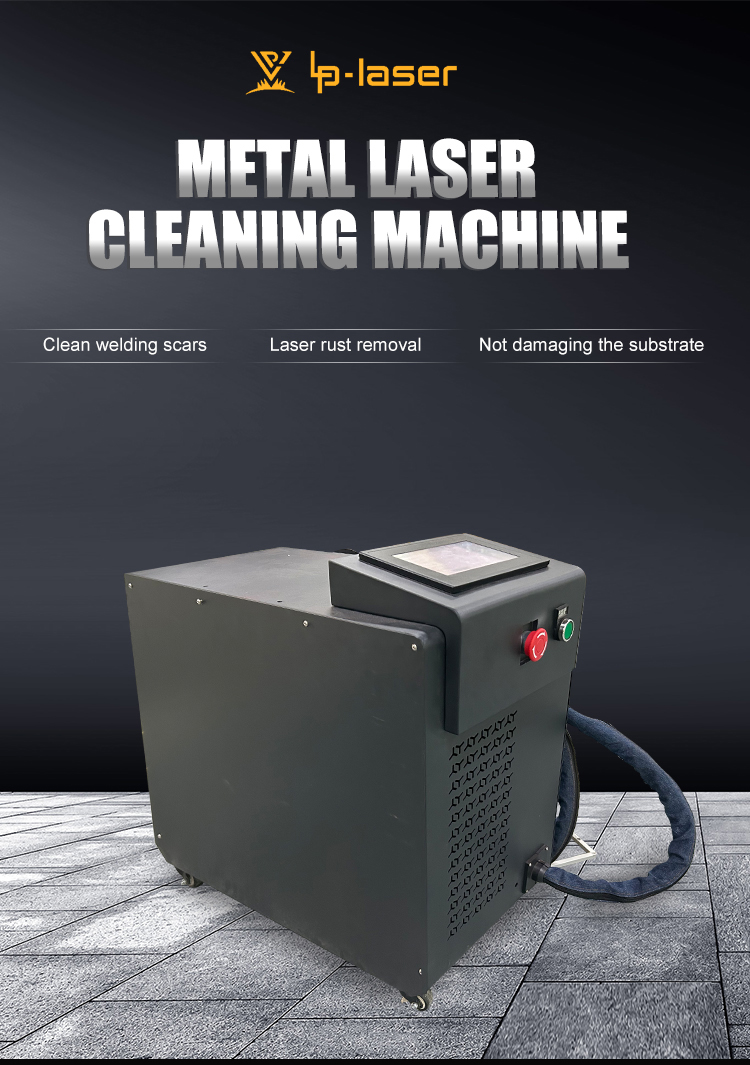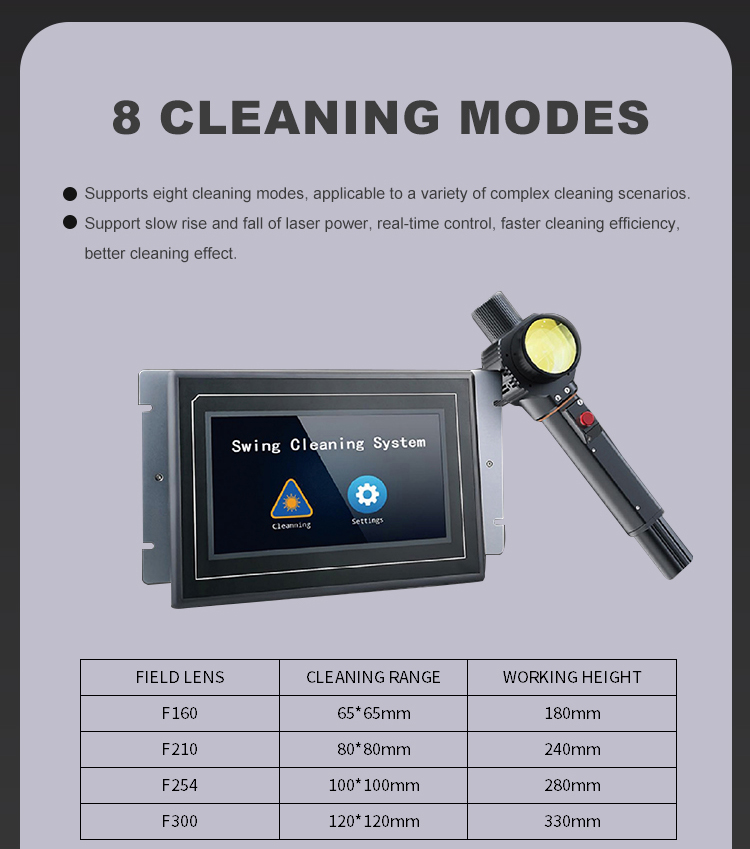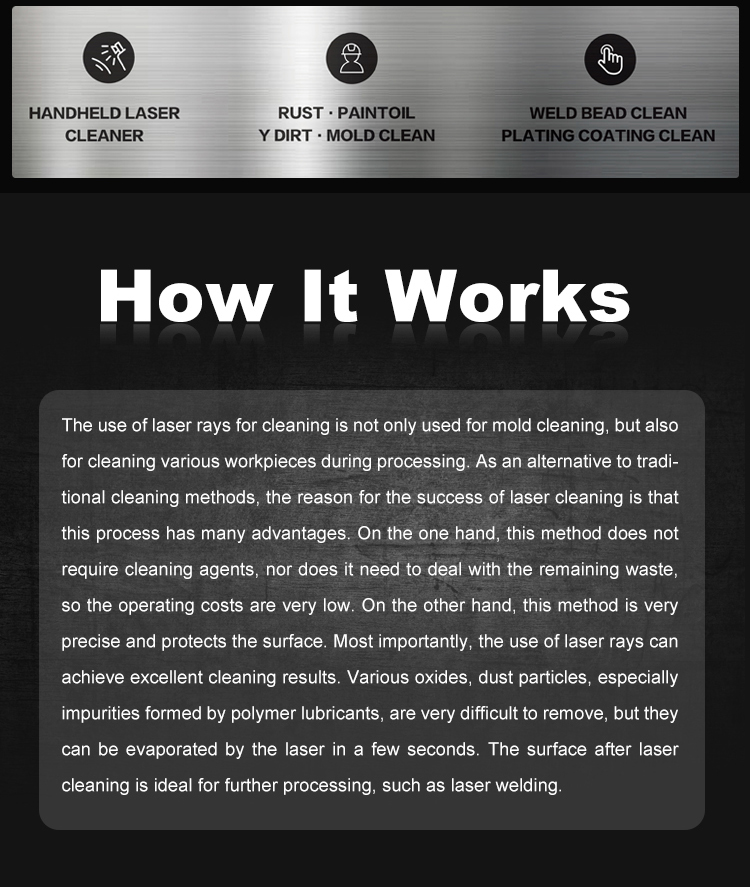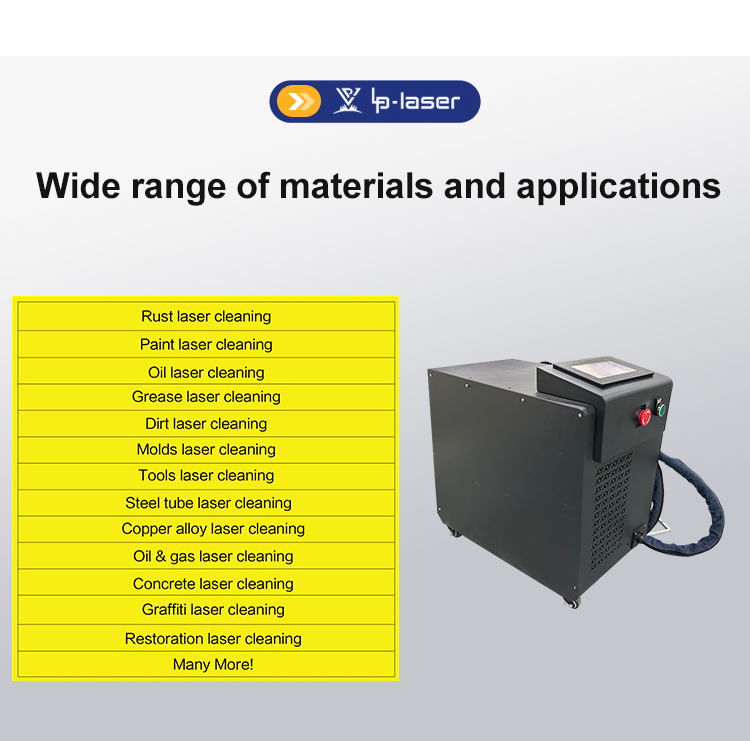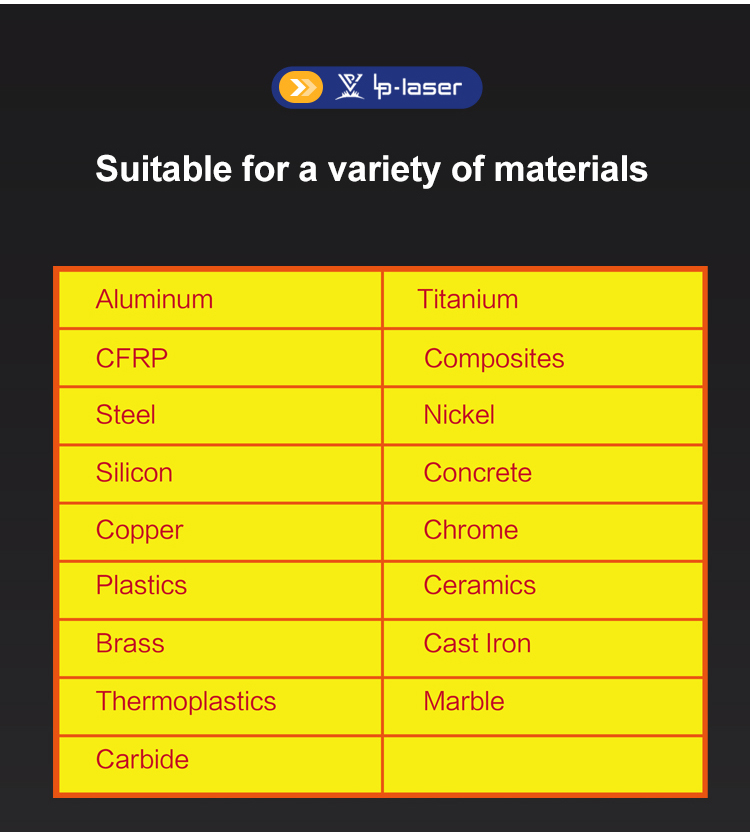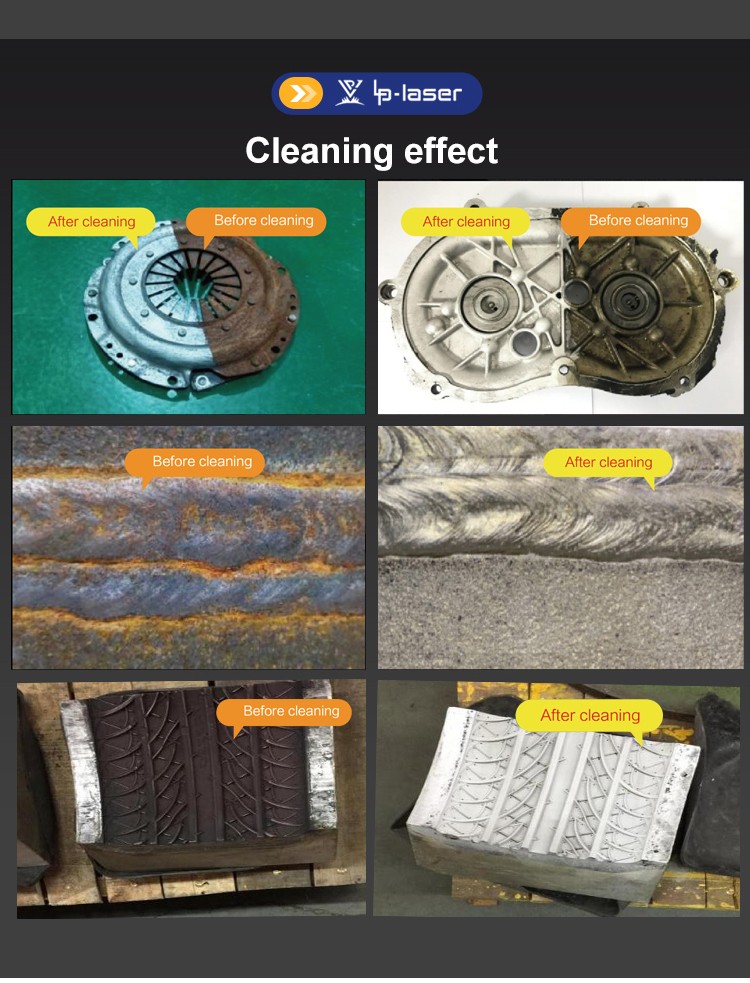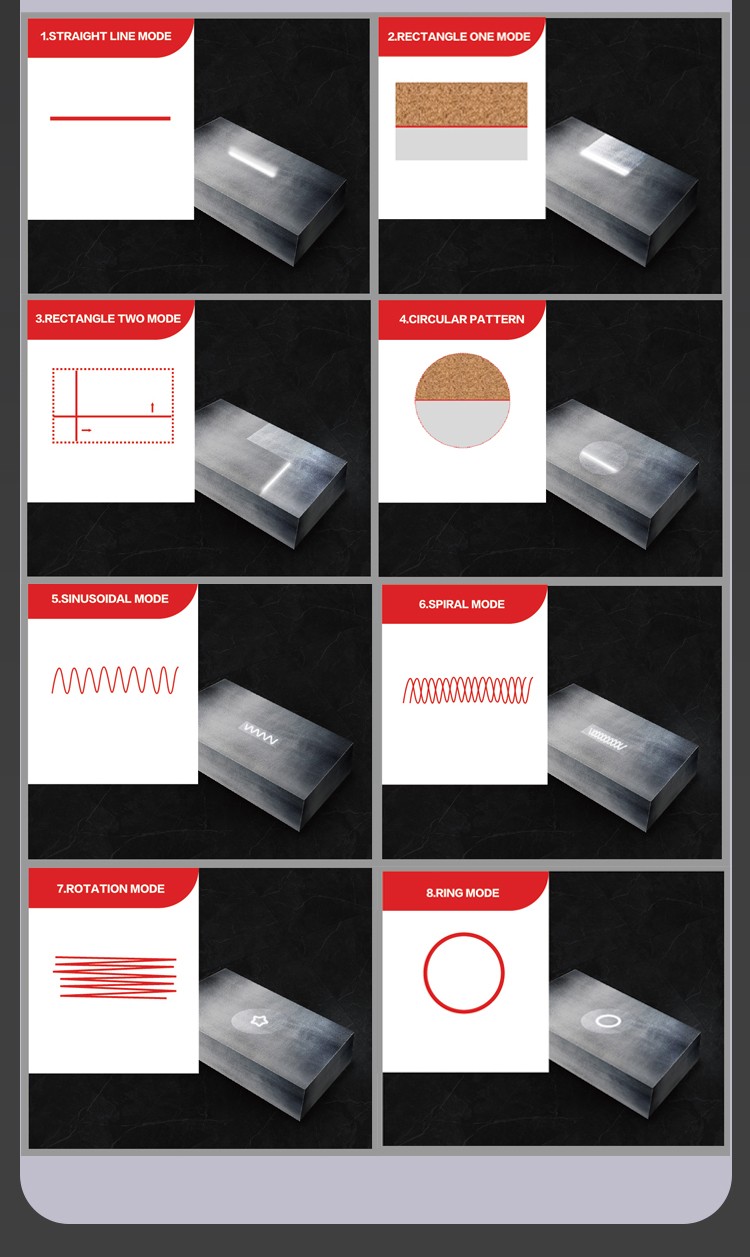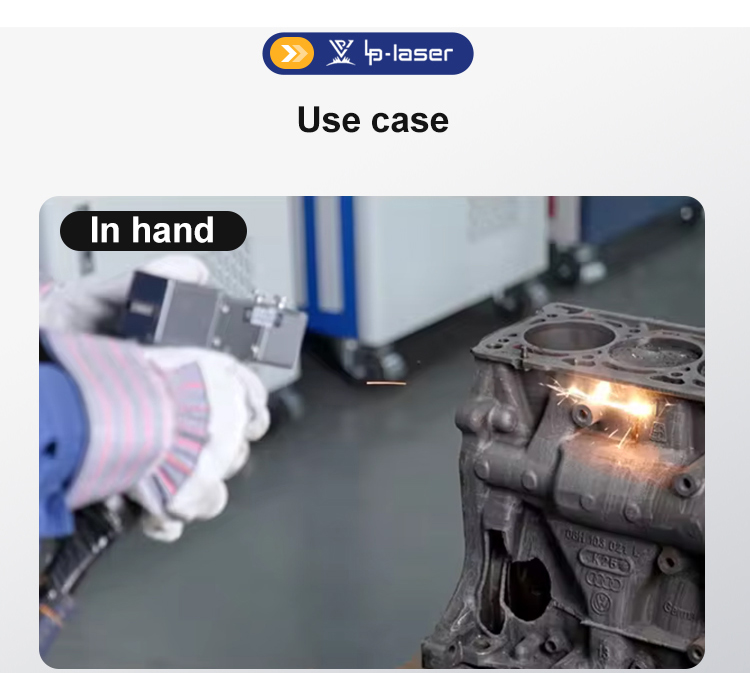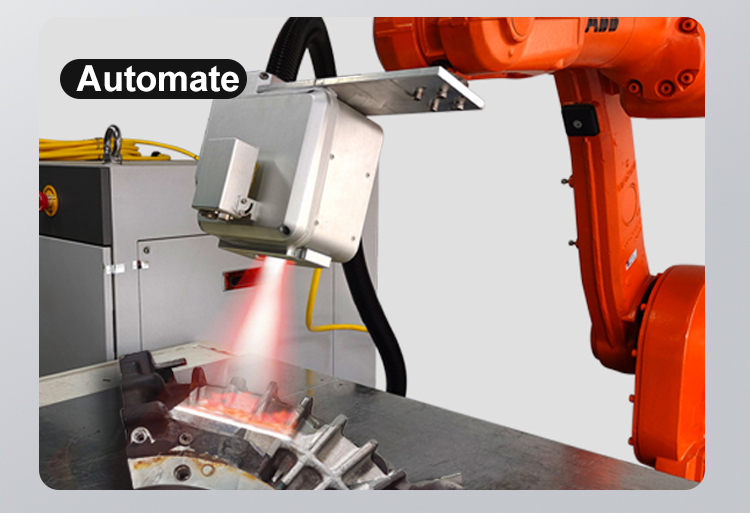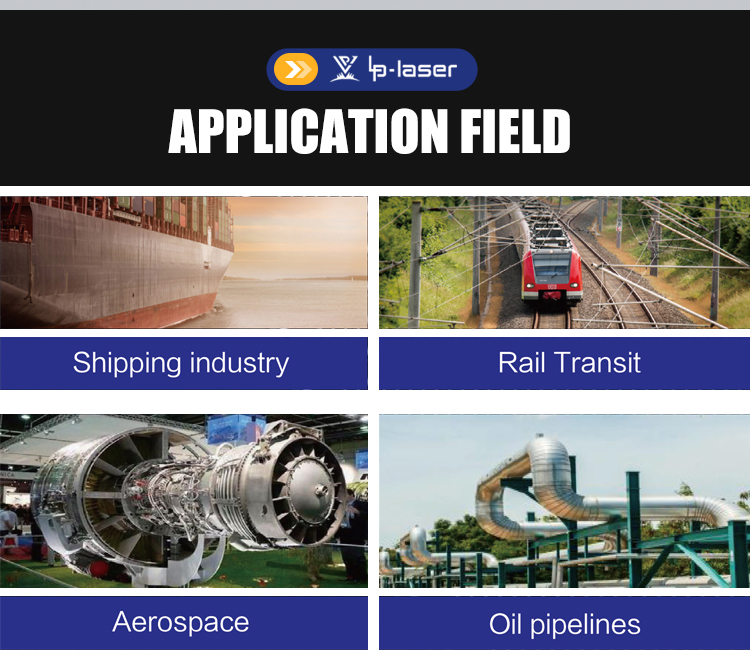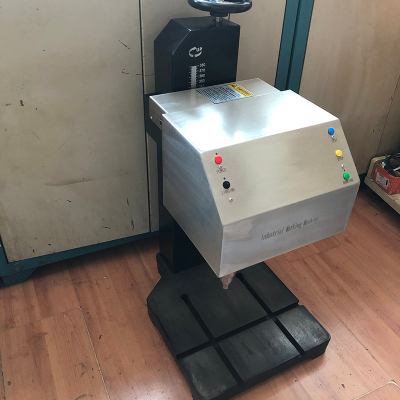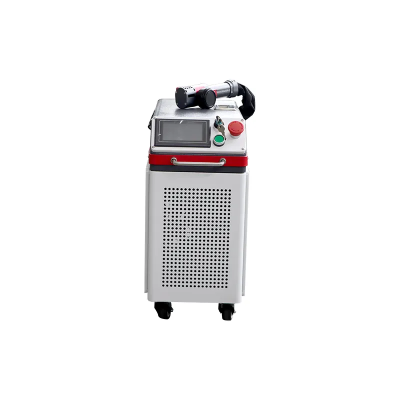Cheap Metal Laser Cleaning Machine
1. High Precision and Selectivity
Metal laser cleaning machines offer unrivaled precision. The laser beam can be accurately focused on specific areas of the metal surface.
2.Non - Abrasive and Non - Contact
3.Environmentally Friendly
4.High Efficiency
5.Cost - Effective Long - Term
6.Versatile
7.Minimal Thermal Impact
8.Easy to Integrate and Automate
Product introduction
Laser ray cleaning technology is not only widely used in the cleaning of molds, but also become a method of cleaning various workpieces in the processing process. As an innovator of traditional cleaning technology, the reason for its success lies in its unique and significant advantages.
First of all, laser cleaning completely gets rid of the need for chemical cleaning agents, but also eliminates the trouble of dealing with the waste after cleaning. This not only greatly reduces operating costs, but also greatly simplifies the cleaning process, making the whole process more environmentally friendly and efficient.
Second, the accuracy of laser cleaning technology is impressive. By precisely controlling the focus and energy distribution of the laser beam, the target area can be cleaned efficiently and precisely, while avoiding any damage to the surrounding area. This non-contact cleaning method effectively protects the integrity of the workpiece surface and ensures its processing quality.
Most importantly, the laser cleaning technology has shown excellent cleaning results. Even those hard-to-remove oxides, dust particles, and stubborn impurities formed by polymer lubricants can quickly evaporate under laser light, leaving no trace. This efficient cleaning capability makes laser cleaning technology ideal for handling complex, fine workpiece cleaning tasks.
In addition, the surface quality of the workpiece after laser cleaning is good, smooth and no residue, which provides ideal conditions for subsequent processing operations. For example, the surface of the workpiece after laser cleaning can be directly processed with high precision, such as laser welding, without additional processing or preparation steps, which greatly improves the processing efficiency and quality.
| Model: | HLC-P100W | HLC-P200W |
| Operational Voltage: | 220V±10%、50/60Hz Customizable: 110V, 50Hz AC | |
| Temperature: | 5℃~40℃ | |
| Humidity: | 30-85% Non-Condensing | |
| Power dissipation: | ≤1000W | ≤1500W |
| Power Output: | 100W | 200W |
| Laser Type: | Optical fiber | |
| Maximum Pulse Energy: | 1.5mJ | 1.5mJ |
| Pulse Frequency Range: | 1-3000kHz(Gradient adjustable) | 1-3000kHz(Gradient adjustable) |
| Pulse Width: | 13-500ns tunable | 13-500ns tunable |
| Output Power Instability: | <5% | |
| Wavelength: | 1064 nm | |
| Head Cable Length: | 3 m | 3 m |
| Cooling: | Air cooling | |
| Focus Distance: | 160mm | 254mm |
| Scanning mode: | Dual axis; Nine scanning modes are supported | |
| Head Weight: | ≤0.9Kg | ≤0.9Kg |
| Size W x H x D: | About350mm*152mm*250mm | |
| Box Dimensions | ||
| Entire Unit Weight: | About 12Kg | About 18Kg |
| Packed weight: | About 20Kg | About 26Kg |
| Operation Mode: | Handheld/Automation | Handheld/Automation |
| Safety Class: | Level IV | Level IV |
1. What materials can the laser cleaner handle, and are there any limitations?
The laser cleaner is compatible with a wide range of materials, including metals (aluminum, stainless steel, copper, titanium, nickel, chrome, cast iron, carbide), composites (carbon fiber reinforced plastics), plastics (thermoplastics), ceramics, marble, and more. However, highly reflective materials (e.g., untreated aluminum or polished copper) may require special laser configurations for optimal cleaning. Additionally, very soft or heat-sensitive materials (like certain polymers) may need lower power settings to prevent surface damage.
2. Does the laser cleaner damage the substrate material during cleaning?
No, our laser cleaner is designed to minimize damage. The pulse mode offers high precision with minimal thermal impact, while the continuous mode is faster but still maintains low substrate damage due to advanced beam control. By fine-tuning power, frequency, and pulse duration, the system ensures a non-contact, non-abrasive cleaning process that protects the material’s integrity. For extremely delicate parts, additional cooling or low-power settings can be applied.
3. What is the cleaning speed, and how does it compare to traditional methods?
The cleaning speed depends on the material, contamination level, and chosen mode. For example:
Heavy rust/paint removal: Up to 10x faster than chemical cleaning or abrasive blasting.
Precision tasks (e.g., electronics cleaning): Adjustable spot sizes (0.1–2.0mm) allow targeted cleaning without compromising speed.
Compared to manual methods (e.g., sanding or wire brushing), the laser delivers consistent results 2–5x faster while reducing labor and waste.
4. Can the laser cleaner remove stubborn contaminants like oxides or grease?
Yes! The laser efficiently removes tough contaminants such as:
Oxidation layers (rust, scale) – vaporized via high-energy pulses.
Grease, oil, and residues – broken down thermally and expelled.
Paint and coatings – stripped without damaging the base material.
For carbonized residues (e.g., from plastics or lubricants), the laser’s high peak power ensures rapid evaporation, leaving no residue.
5. What cleaning modes are available, and how do they affect performance?
The machine offers 9 customizable cleaning modes:
Linear/Rectangular/Spiral/Circle: For uniform cleaning of flat or curved surfaces.
Free Mode: For intricate patterns or hard-to-reach areas.
Rotary Mode: Optimized for cylindrical parts (e.g., pipes, axles).
Pulse/Sine: Adjust energy distribution for fine or aggressive cleaning.
Faster modes (e.g., continuous or spiral) prioritize speed, while precise modes (e.g., pulse or free) ensure delicate cleaning without damage.
